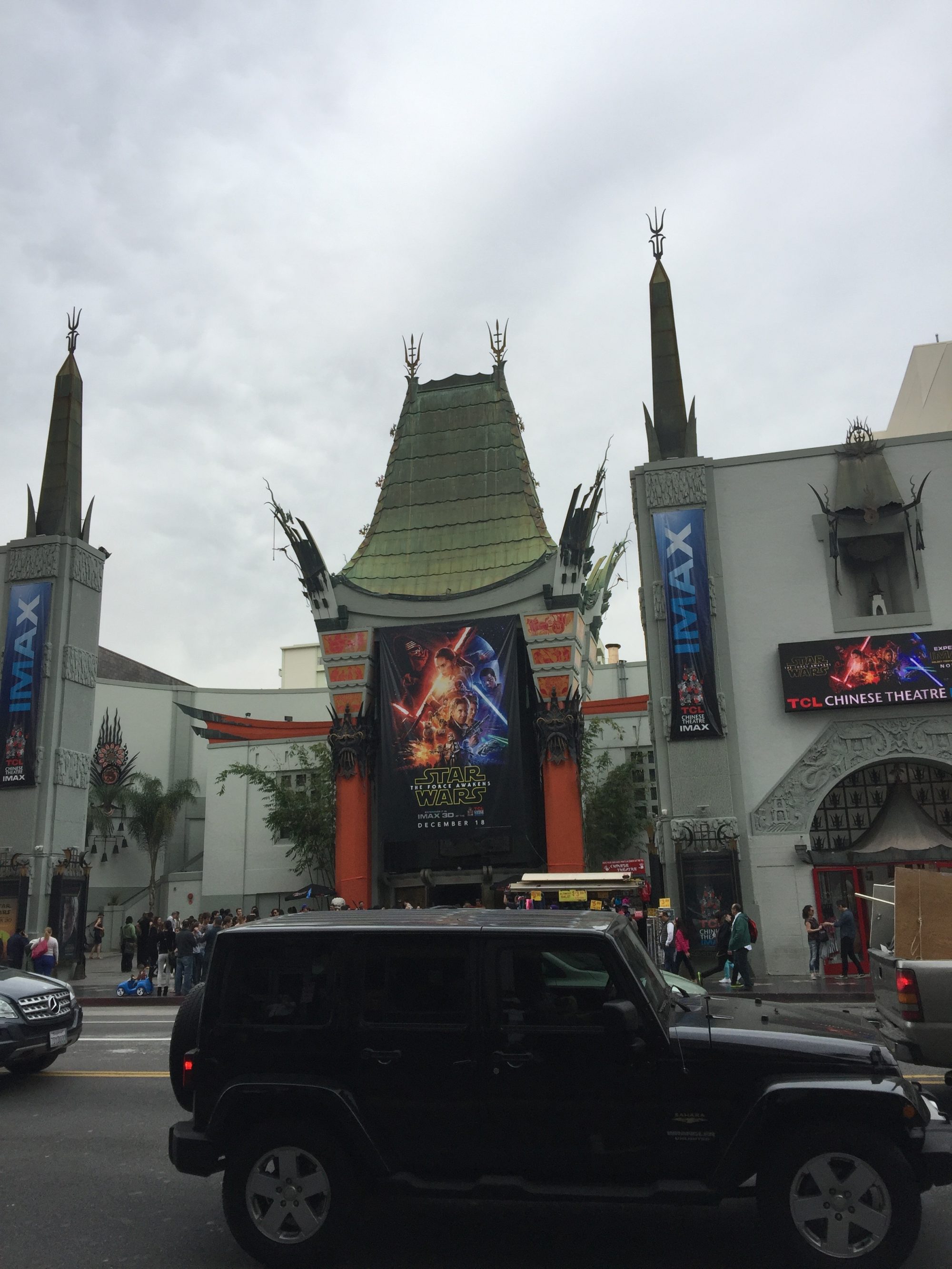Swara Sah: https://swarashahblog.wordpress.com
Juan Aguilar: http://ajuan.weebly.com/
Luz Arteaga: https://bustavickynet.wordpress.com
Rafeef: https://rafeefkhleif.wordpress.com
Rosaisela: https://adorerose.wordpress.com/
Nyemiah: https://nyemiahjackson.wordpress.com/
Ezequiel: https://ezequielsanchezblog.wordpress.com/
Oscar Correa: https://oacsite.wordpress.com/
Guadalupe: https://guadalupecumplido7.wordpress.com/
Tania Partida: https://taniapartida.wordpress.com/
Adan: https://adanr9.wordpress.com/
Melissa: https://melissaportilloblog.wordpress.com/
Swara: https://swarashah.wordpress.com/
Yosenia: https://yeseniaorozcoblog.wordpress.com/about/
Andrea: https://andreabtovar.wordpress.com/
Julalak: https://jjulalak.wordpress.com
Jamonte Hickman: https://jamontaeblog.wordpress.com
Andrea: https://andreabtovar.wordpress.com
Jamontae: https://jamontaeblog.wordpress.com
Yulissa: http://yulissareyes113b.weebly.com/
Rosaisela: https://adorerose.wordpress.com
Misael: https://misaelortega.wordpress.com
Hawa: https://hawa439.wordpress.com/web-essay/
Natalie: https://nataliecortezblog.wordpress.com/
Prabhjot: https://prabhjot100.wordpress.com/
Ashley: https://ashleytorresblog.wordpress.com/
Larab: https://larabblog.wordpress.com/
Tyler: https://tylerhovsepian.wordpress.com/
David: https://davidhipolitoblog.wordpress.com/
Erilim: https://kimberlyerilim.wordpress.com/
Gregory: https://gregory758.wordpress.com/
Jualak: https://jjulalak.wordpress.com/2016/05/18/home/
Jesus: https://guerrachuy.wordpress.com/
Oscar Uribe: http://oscaruribeportfolio.weebly.com/
Stephanie: https://stephanie572.wordpress.com/
Effren: https://efrentercero1518.wordpress.com/
Melissa: https://melissaportilloblog.wordpress.com/
Luz: https://bustavickynet.wordpress.com/
Pilar: https://pilar1223.wordpress.com/
Yousef: https://yousef259.wordpress.com/
Torki: http://turkial.weebly.com/
Alexis: https://alexiszunigo.wordpress.com/
Group Websites
Alexis, Amarbir, and Tyler: https://virtualreality970.wordpress.com/
Tatyana and Yulissa: http://yulissatatyana113b.weebly.com/contact.html
Oscar Uribe, Juan, Oscar Correa: http://squadkha.weebly.com
Nyemiah, and Guadalupe:
https://theinfluenceofpopularculture.wordpress.com/about-2/
Effren, Yesnia, and Luz:
https://onlinevstraditionaleducation.wordpress.com
Ashley Torres, Adan Ramirez, and Andrea Tovar:
https://catfishontheweb.wordpress.com
Rafeef Khleif, Maryann Erilim, Jamontae Hickman:
Stephanie Arciga and Pilar Martinez:
https://cyberbullying564.wordpress.com
Swara, Ezequiel, and Tania:
https://internetaddiction2016.wordpress.com
Gregory, Jualak, Prabhjot, Misael:
https://clothinginfoblog.wordpress.com
Melissa Portillo, Larab Abid, and Rosaisela Ascencio: https://prioritynew.wordpress.com/reference/
David Hipolito, Natalie Cortez, Hawa Ganda:
https://catfishinfoblog.wordpress.com/about/
Alexandra Morter, Jesus Guerra, Marina Grande:
https://hto2016.wordpress.com/author/hto2016/
